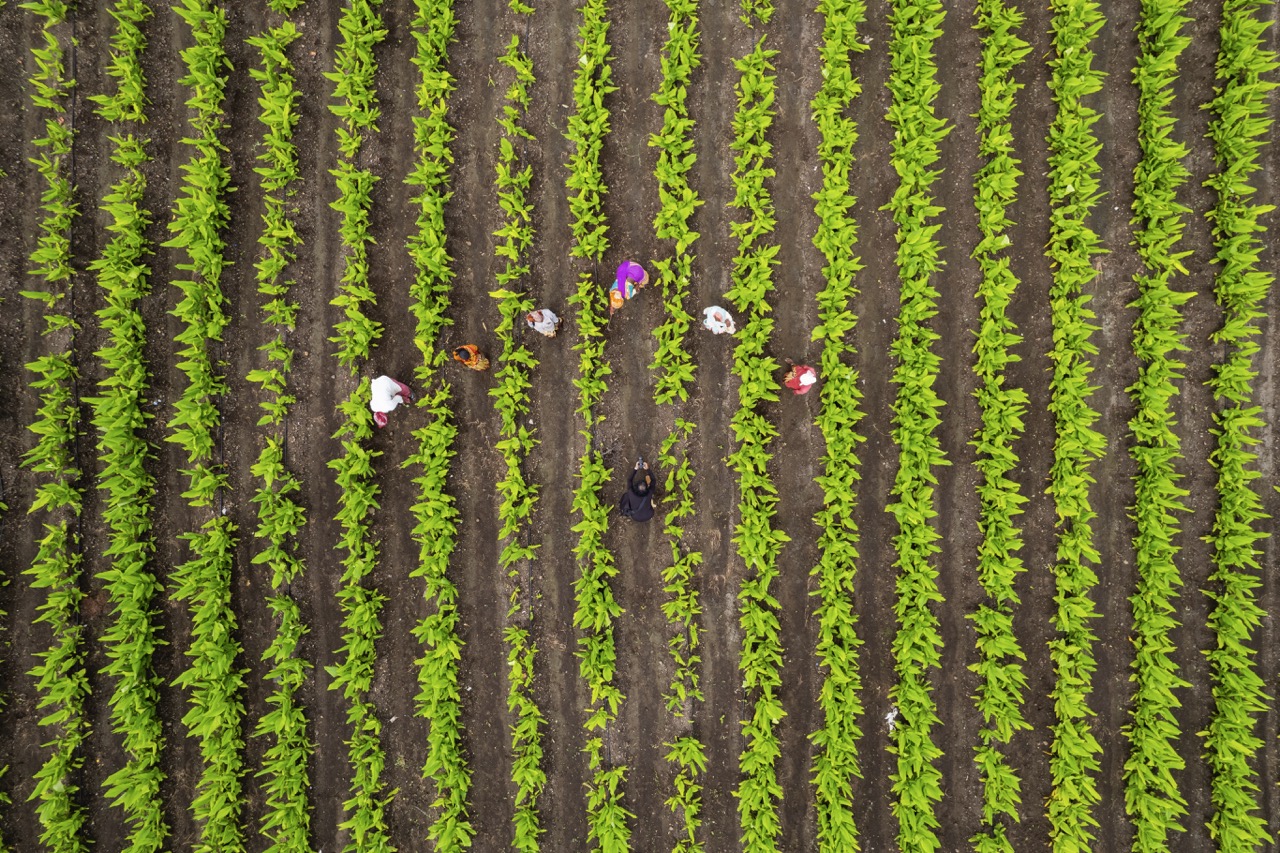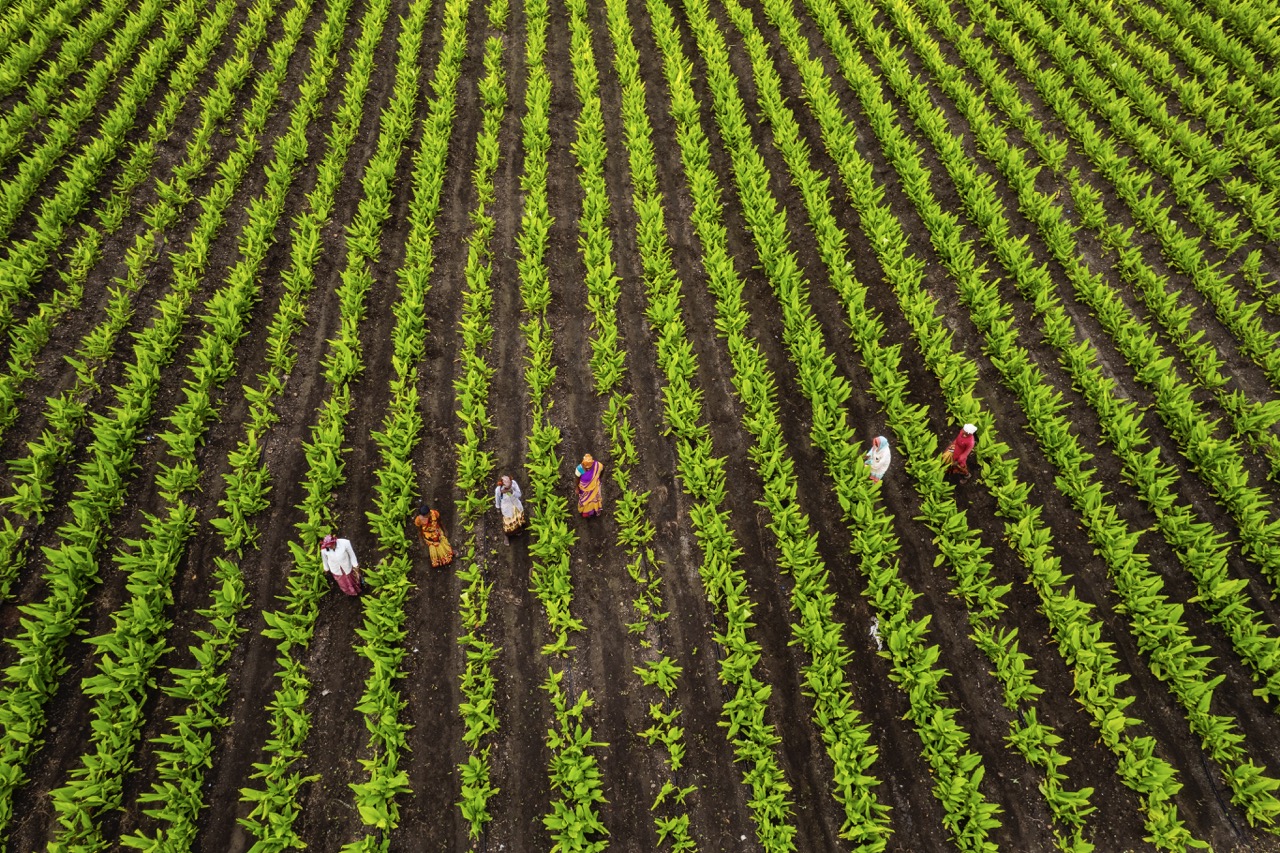Sharecropping has long been a staple of agricultural practices, allowing farmers to cultivate land they do not own. While traditionally associated with crop production, this model can also be adapted to promote small-scale livestock farming. By leveraging the principles of sharecropping, aspiring livestock farmers can gain access to resources, reduce financial risks, and ultimately create sustainable farming operations. This article explores how sharecropping can serve as a catalyst for small-scale livestock farming, examining its benefits, strategies for implementation, and potential challenges.
Understanding Sharecropping: A Model for Livestock Farming
Sharecropping is an arrangement where a landowner allows a tenant to use their land in exchange for a share of the crop or profit. This model can be effectively applied to livestock farming by allowing individuals or families to raise animals on land they do not own, often in exchange for a portion of the livestock or profit generated. In this context, sharecroppers can raise various livestock, including cattle, goats, sheep, or poultry, while benefiting from the land’s resources without the burden of outright ownership.
The adaptability of sharecropping to livestock farming is significant, as it allows for the diversification of agricultural practices. For instance, a sharecropping arrangement can enable farmers to raise livestock alongside crops, promoting a more integrated farming system. This diversification not only enhances soil health through natural fertilization from animal waste but also provides farmers with multiple streams of income, thereby increasing financial resilience in the face of market fluctuations.
Moreover, sharecropping encourages knowledge transfer and local engagement. Experienced landowners can mentor new farmers, sharing valuable insights about livestock management and sustainable practices. This collaborative approach fosters community ties and enhances overall agricultural productivity, making it a promising avenue for small-scale livestock farming.
Benefits of Sharecropping for Small-Scale Farmers
One of the primary benefits of sharecropping is the reduced financial barrier to entry for small-scale farmers. Purchasing land can be prohibitively expensive, especially for those just starting their farming journey. Through sharecropping, farmers can access land and resources without the hefty upfront investment required for land ownership. This model allows aspiring livestock farmers to focus their limited resources on purchasing livestock and necessary equipment instead of land.
Additionally, sharecropping can lead to risk-sharing between landowners and tenants. When there is an economic downturn or a significant event that affects livestock markets, both parties share the financial burden. This system creates a safety net for small-scale farmers, enabling them to weather challenging times without facing complete financial ruin. The collaborative nature of sharecropping can also inspire innovative solutions to common problems, further strengthening the farming operation.
Furthermore, the sharecropping model promotes local food production and sustainability. By supporting small-scale farmers, communities can reduce their dependency on large-scale agricultural systems that often rely on extensive transportation networks. This localized approach not only strengthens food security but also fosters a sense of community ownership over food systems, aligning with growing consumer demand for ethically produced and locally sourced products.
Key Strategies for Implementing Sharecropping Effectively
To successfully implement sharecropping in livestock farming, establishing clear agreements is paramount. Landowners and sharecroppers should outline the terms, including the percentage of profit shared, responsibilities for animal care, and maintenance of the land. This clarity helps prevent disputes and ensures that both parties are aligned in their expectations. Legal contracts or written agreements can provide additional security and serve as a valuable reference point.
Education and training are also crucial for effective implementation. Both parties should prioritize skills development, ensuring that sharecroppers are equipped with the necessary knowledge to manage livestock responsibly. Workshops and training programs on animal husbandry, pasture management, and sustainable practices can significantly enhance productivity and livestock health. Partnering with agricultural extension services or local universities can be beneficial in providing resources and expertise.
Lastly, fostering open communication between landowners and sharecroppers is key to creating a successful partnership. Regular check-ins and discussions about the farming operation’s progress can lead to adjustments that improve efficiency and profitability. Creating a supportive environment where both parties feel valued and heard can enhance collaboration, ultimately leading to a thriving livestock farming venture.
Overcoming Challenges in Sharecropping Livestock Ventures
While sharecropping presents numerous advantages, it is not without its challenges. One significant hurdle is the potential for power imbalances between landowners and sharecroppers. In some cases, landowners may wield excessive control over the terms of the agreement, resulting in an inequitable sharing of profits or inadequate support for the tenant. To mitigate this risk, both parties should engage in transparent negotiations and strive for mutually beneficial agreements that promote fairness.
Another challenge is the variability in livestock health and market prices, which can complicate profit-sharing models. Fluctuations in livestock prices can impact the income of both parties, leading to disagreements or dissatisfaction. To address this issue, landowners and sharecroppers should consider creating flexible agreements that account for market variability. Establishing a buffer system that allows for shared risk during downturns can foster goodwill and minimize conflicts.
Lastly, access to veterinary care and resources can pose challenges for small-scale livestock operations. Limited financial resources may restrict sharecroppers’ ability to care for their animals adequately, potentially leading to health issues and reduced productivity. Collaborating with local agricultural organizations or cooperatives can help provide access to veterinary services, training, and essential resources, ensuring livestock health and the overall success of the sharecropping venture.
In conclusion, sharecropping offers an innovative model for promoting small-scale livestock farming, providing aspiring farmers with access to land and resources while encouraging community collaboration. By understanding the principles of sharecropping, recognizing its benefits, implementing effective strategies, and addressing potential challenges, small-scale farmers can create sustainable and profitable livestock operations. As the agricultural landscape continues to evolve, adapting traditional farming models like sharecropping can pave the way for a more resilient and equitable food system.










